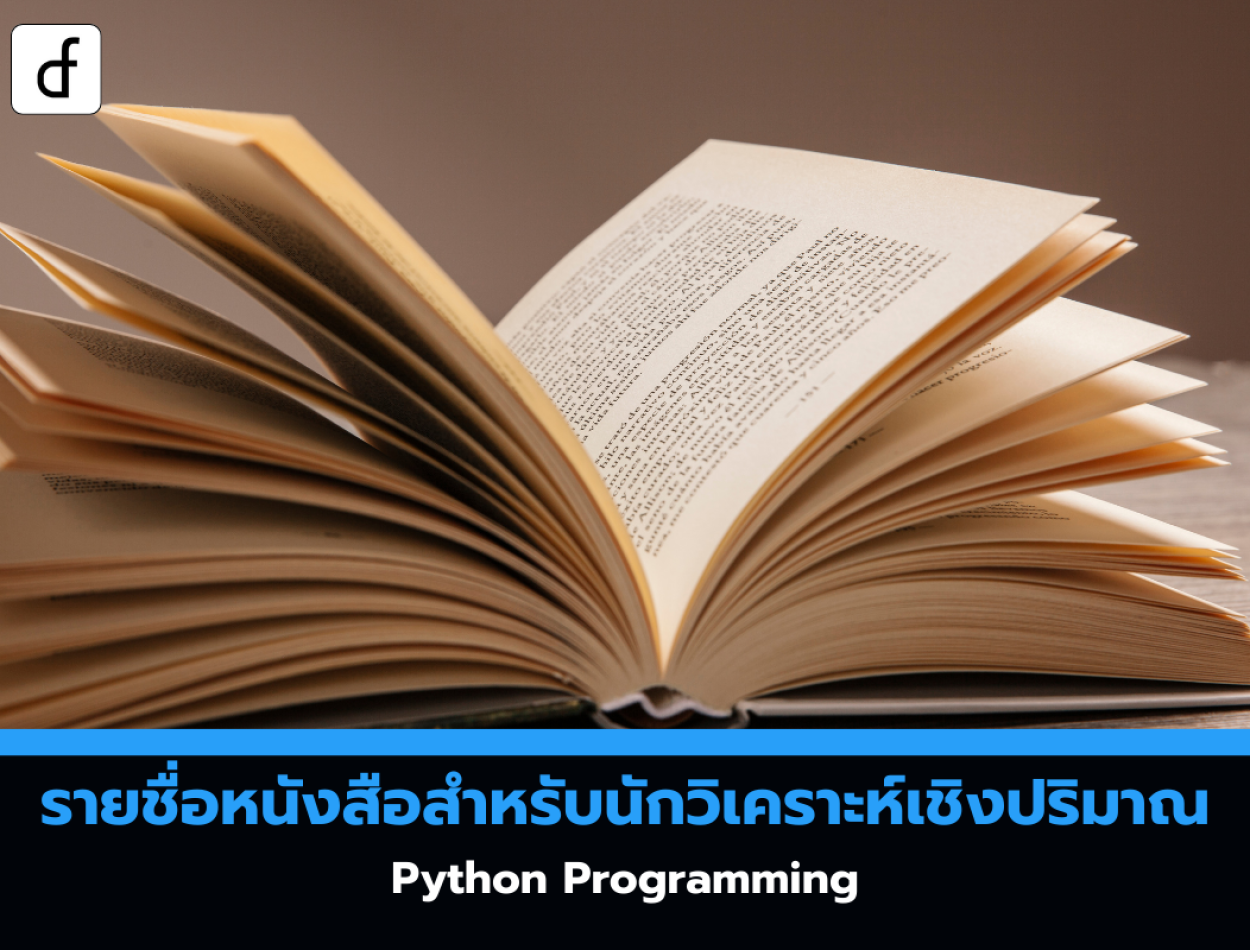
List of books for quantitative analysts: Python Programming
2025-05-05 06:50:21
This post is part of a list of books for novice quantitative analysts, with other posts in this series focusing on Derivatives Pricing, C++ Programming, and Numerical Methods.
- Quant Reading List - Derivative Pricing
- Quant Reading List - C++ Programming
- Quant Reading List - Numerical Methods
- Quant Reading List - Python Programming
Currently, Python has become the main language in the field of quantitative finance. It is widely used in both investment banks and quantitative hedge funds, both for research and practical applications. Although C++ still plays a crucial role in derivatives pricing libraries, which are highly important, it is often "wrapped" with Python to make model creation easier for analysts or researchers.
This article is written for those who want to start as quantitative analysts and for those who have just begun working but do not yet have a foundation in Python, recommending textbooks from beginner to intermediate levels.
Reasons to learn Python for Quantitative Analysts
Originally, Python was used as a "scripting" or "glue language" to connect large systems (like C++ or Java). However, as scientific libraries grew, the use of Python became more widespread. Nowadays, some quantitative companies use Python as the sole language for both research and deployment.
Advantages of Python:
- Write less code — Python code is often four times shorter than C++ or Java code.
- No need to compile (interpreted) — you can develop code interactively right away.
- There are numerous libraries — covering data science, web, scientific computing, quantitative finance, etc.
- Supports multiple platforms (cross-platform) — runs on Windows, macOS, Linux with minimal modifications
- Easily interoperable with other languages — Can call C, C++, Fortran, Java, R
- Career opportunities — Python is one of the most in-demand languages in both research and software development.
How to start learning Python?
Besides books, there are many tools to help write Python code, such as:
- PyCharm (by JetBrains) — focuses on serious software development
- VSCode (by Microsoft) — versatile in use
- JupyterLab — suitable for interactive research
Recommended books for Python beginners
Python Crash Course, 2nd Ed. — Eric Matthes
The content is divided into two parts: the first part teaches basic syntax, lists, dictionaries, control flow (if, loop), function, class. The second part is 3 real projects. Suitable for true beginners.
Automate the Boring Stuff with Python, 2nd Ed. — Al Sweigart
Covering similar content to Python Crash Course, but the projects focus on finance-related tasks, such as connecting Python to Excel, working with JSON, CSV files, etc.
Python book for experienced quant analysts
Python for Data Analysis, 2nd Ed. — Wes McKinney
Written by the creator of the Pandas library, focusing on working with series data, such as interpolation, resampling, rolling statistics — which are essential for quant work.
Python for Finance, 2nd Ed. — Yves Hilpisch
Covering the basics of Python, useful libraries And the last part focuses on building derivatives pricing engines.
Derivatives Analytics with Python — Yves Hilpisch
Deep dive into the application of Python in derivatives pricing, with example scripts.
Fluent Python — Luciano Ramalho
For those who want to learn advanced Python (suitable for serious coders). Although it focuses more on software developers than quant analysts, most of the content is still very useful for quants.
Additional resources
FinancePy — An open-source library for pricing derivatives with Python, suitable for those who are learning Python alongside Derivatives Pricing.
Reference: Quant Reading List Python Programming
From https://www.quantstart.com/articles/Quant-Reading-List-Python-Programming/
Leave a comment :
Recent post
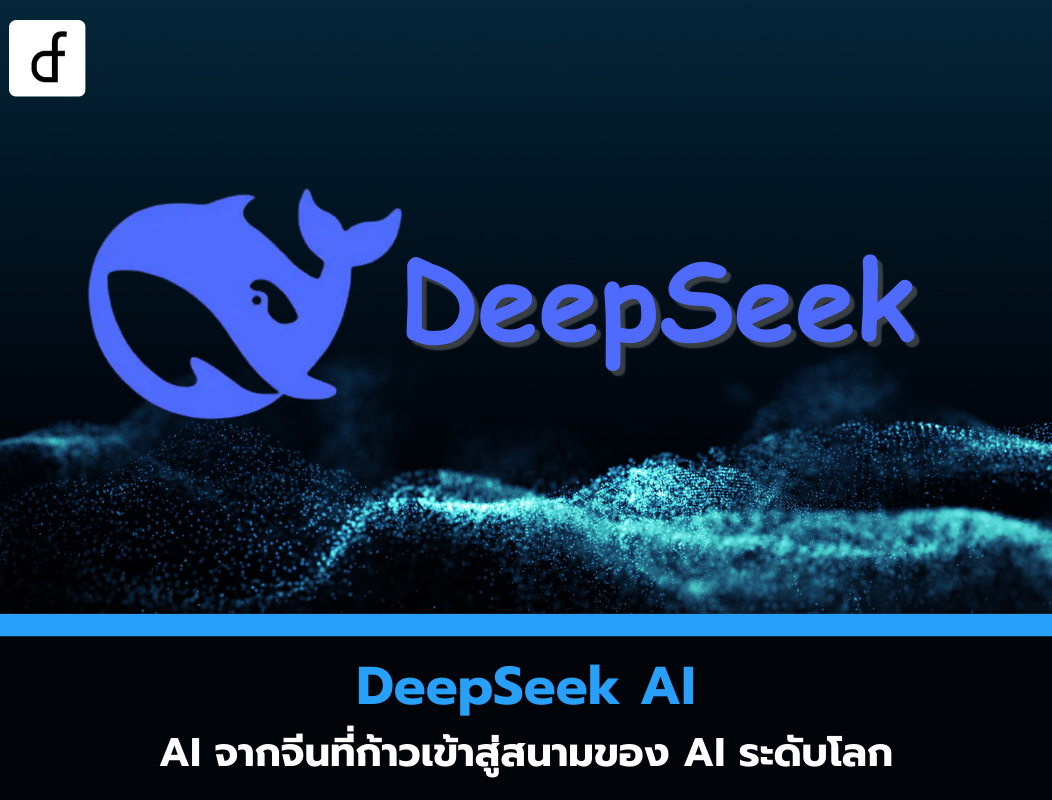
2025-01-10 10:12:01

2024-05-31 03:06:49

2024-05-28 03:09:25
Tagscloud
Other interesting articles
There are many other interesting articles, try selecting them from below.

2023-10-06 01:28:23

2024-12-03 01:14:34

2024-08-13 11:55:06

2024-10-18 02:13:22
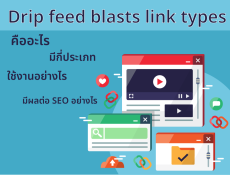
2023-11-07 11:39:12

2023-12-13 03:10:57
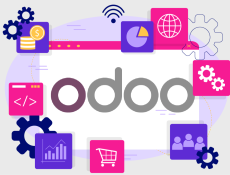
2023-09-22 10:10:41
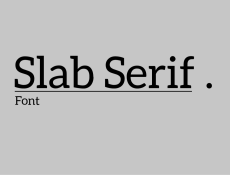
2023-10-20 09:37:23

2025-03-13 11:08:24
